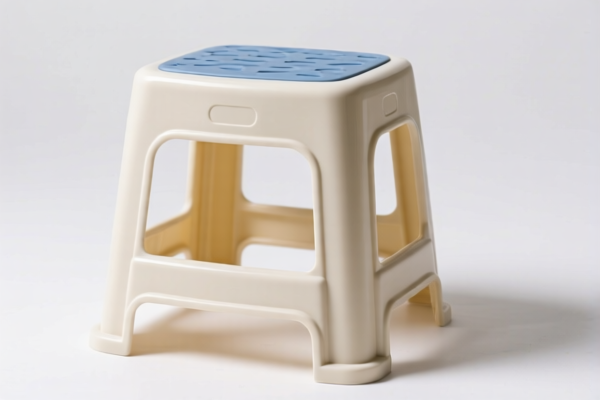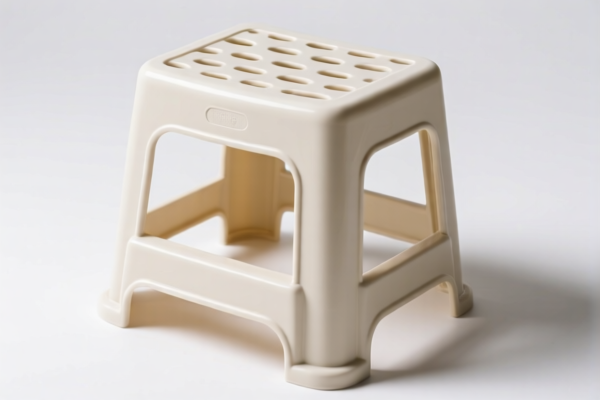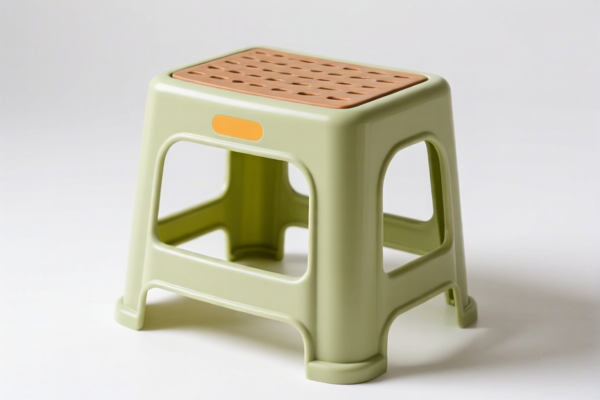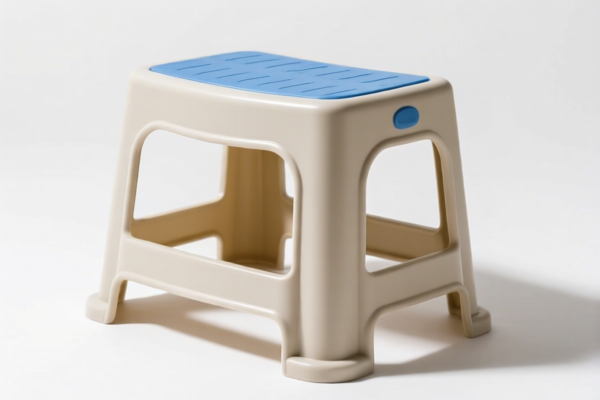| HS Code | Official Doc | Tariff Rate | Origin | Destination | Effective Date |
|---|---|---|---|---|---|
| 8536509040 | Doc | 55.0% | CN | US | 2025-05-12 |
| 8536490050 | Doc | 57.7% | CN | US | 2025-05-12 |
| 9032896085 | Doc | 56.7% | CN | US | 2025-05-12 |
| 9032896075 | Doc | 56.7% | CN | US | 2025-05-12 |
| 9031909195 | Doc | 80.0% | CN | US | 2025-05-12 |




Foot Switch
A foot switch is a mechanical switch operated by a user’s foot. It enables hands-free operation of a device, typically by momentarily connecting or disconnecting an electrical circuit.
Material
Foot switches are constructed from a variety of materials chosen for durability, reliability, and safety. Common materials include:
- Housing: Steel, aluminum, or heavy-duty plastic (ABS, polycarbonate) are used for the outer casing to withstand repeated use and potential impact.
- Actuator/Treadle: Steel, aluminum, or reinforced plastic provide a robust surface for foot activation. Rubber or textured surfaces are often added for improved grip and comfort.
- Switch Mechanism: Internal components utilize metal contacts (often brass or silver alloy) for electrical conductivity, along with springs and levers for actuation.
- Wiring: Copper wires with appropriate insulation are used for electrical connections.
Purpose
The primary purpose of a foot switch is to provide a convenient and safe method of controlling a device without using the hands. This is particularly useful in situations where the operator’s hands are occupied, or where maintaining a sterile environment is crucial.
Function
Foot switches function by completing or breaking an electrical circuit when the treadle is depressed. They are typically momentary, meaning they only operate while pressure is applied. However, latching models are also available, which toggle the circuit on or off with each press. The internal mechanism converts the mechanical force of the foot press into an electrical signal.
Usage Scenarios
Foot switches are employed in a wide range of applications, including:
- Medical: Operating surgical instruments, controlling microscopes, activating lasers, radiology equipment.
- Industrial: Controlling machinery (e.g., sewing machines, welding equipment, molding presses), activating pumps, robotic systems.
- Music: Controlling effects pedals for guitars and other instruments, organ playing.
- Welding: Controlling welding arc initiation and termination.
- Laboratory: Activating pumps, stirrers, or other equipment.
- General Purpose: Remote control applications, gaming, and accessibility devices.
Common Types
Several types of foot switches are available, categorized by their features and applications:
- Single Pedal: Basic on/off control.
- Double Pedal: Provides two separate control functions.
- Triple Pedal: Offers three independent control functions, commonly used in organ playing.
- Momentary: Activates the circuit only while the pedal is pressed.
- Latching: Toggles the circuit on or off with each press.
- Reversible: Can be configured to operate in either momentary or latching mode.
- Heavy-Duty: Designed for high-frequency use and demanding industrial applications.
- Pneumatic: Uses compressed air to activate the switch, often used in hazardous environments.
- USB Foot Switch: Connects to a computer via USB for controlling software applications.
- Bluetooth Foot Switch: Wireless control via Bluetooth connectivity.
Foot switches are electrical apparatus used for switching or protecting electrical circuits, or for making connections to or in electrical circuits. They are typically used for controlling devices with the foot, often found in applications requiring hands-free operation.
The following HS codes are relevant based on the provided reference material:
- 8536509040: This HS code falls under Chapter 85 (Electrical apparatus for switching or protecting electrical circuits). Specifically, it covers “Other switches: Other: Other Snap-action, other than limit”. This code would be applicable if the foot switch operates as a snap-action switch and doesn’t fall into other more specific categories. The basic tariff is 0.0%, with additional tariffs of 25.0% and 30% after April 2, 2025, resulting in a total tariff of 55.0%.
- 8536490050: This HS code also falls under Chapter 85, covering “Relays: Other With contacts rated at less than 10 A: Electromechanical”. If the foot switch functions as a relay with contacts rated below 10 amps, this code applies. The basic tariff is 2.7%, with additional tariffs of 25.0% and 30% after April 2, 2025, resulting in a total tariff of 57.7%.
Regarding these HS codes, please note the additional tariffs that will be applied after April 2, 2025. It is important to verify the specific function and specifications of the foot switch to determine the most accurate HS code classification.
Customer Reviews
No reviews yet.